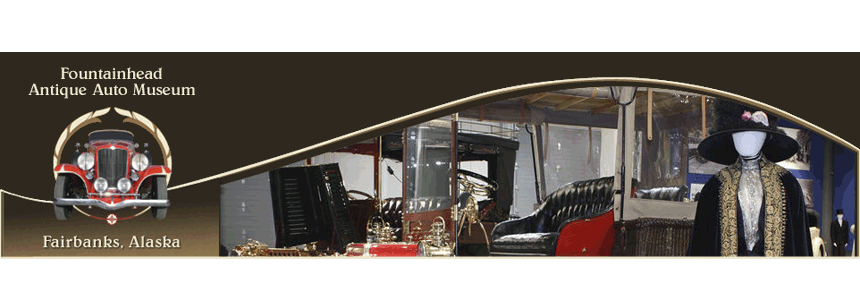 |
| 1907 Pope-Hartford William Evans Collection |
I have written several blog posts about the Pope-Toledo automobile, but none about its predecessor, the Toledo. Pope-Toledo was the star of Colonel Albert Pope's empire, which also included Pope-Robinson, Pope-Hartford, Pope-Tribune and Pope-Waverly automobiles. Colonel Pope was the world's largest bicycle manufacturer in the late 1800s, and it was only natural that he diversified into automobile production when bicycle sales plummeted.
 |
| 1904 Pope-Toledo Twin Tonneau from http://www.swedishbrasscar.com |
 Although a number of Toledo steam cars are still around, to our knowledge we have the sole-surviving Toledo gasoline car. We purchased this 1903 Toledo rear-entry tonneau from the estate of Carl J. Schmitt in 2008. Mr. Schmitt acquired the Toledo in 2000 and had Allan Schmidt of Escondido, CA perform a complete frame-off restoration on it in 2003. According to Allan, the car had its original body and was fairly easy to restore because it was so complete. He built a new copper radiator and water tank, as well as a windshield and top. In 2004, the Toledo won the Antique (1 & 2-cylinder) Award at the 2004 Kirkland Concours d'Elegance.
Although a number of Toledo steam cars are still around, to our knowledge we have the sole-surviving Toledo gasoline car. We purchased this 1903 Toledo rear-entry tonneau from the estate of Carl J. Schmitt in 2008. Mr. Schmitt acquired the Toledo in 2000 and had Allan Schmidt of Escondido, CA perform a complete frame-off restoration on it in 2003. According to Allan, the car had its original body and was fairly easy to restore because it was so complete. He built a new copper radiator and water tank, as well as a windshield and top. In 2004, the Toledo won the Antique (1 & 2-cylinder) Award at the 2004 Kirkland Concours d'Elegance. The wicker side baskets shown here are original to the car. These could be used to hold tools, spare parts and picnic baskets. The Toledo also has an interesting hill brake--essentially a pole that swings down from the chassis and digs into the ground--that could be lowered when climbing steep hills. It was also one of the first automobiles to have an electric speedometer.
The wicker side baskets shown here are original to the car. These could be used to hold tools, spare parts and picnic baskets. The Toledo also has an interesting hill brake--essentially a pole that swings down from the chassis and digs into the ground--that could be lowered when climbing steep hills. It was also one of the first automobiles to have an electric speedometer.Museum Manager Willy Vinton has driven the Toledo several times. "It takes a lot of time to get her prepped," he says, " but it starts very easily if you follow the instructions, taking about 15 minutes to warm up. It runs very well, but shifting is a little different from other early cars." Unlike the two-speed planetary transmissions found in most automobiles of the time, the 12-horsepower Toledo has a three-speed, sequentially shifted sliding-gear transmission.
The Toledo is very striking in appearance and has an unusually long bonnet for a two-cylinder car. This accommodated the large radiator tank that sits in front of the engine. In 1903 a Toledo cost $2,000, which included a large brass headlight, two side lamps, a signal horn, tools, a tire repair kit and a removable extra seat for the tonneau. Advertised as "An Automobile of Quality," sales literature further boasted that its "perfect appointments and superb finish appeals to the refined taste and good judgement of purchasers." It certainly is a fine car and a nice addition to the museum.
The Toledo is featured in our museum book and can be seen in this short video.



No comments:
Post a Comment
Blogging about the Fountainhead Antique Auto Museum's latest news, adventures and research